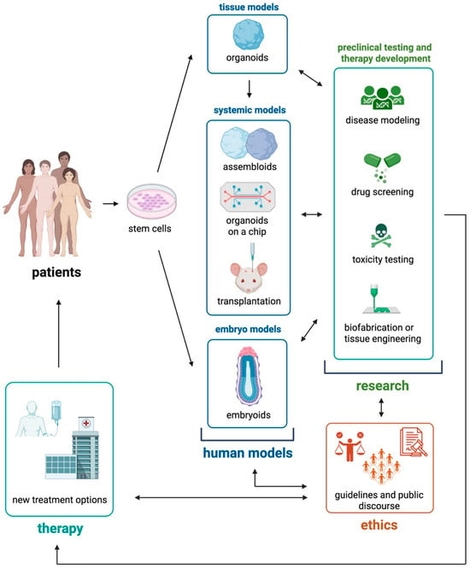- Editorial
Organoids: Promoting Innovation in Organoid Technology for Basic Research and Therapeutic Applications
- Süleyman Ergün and
- Philipp Wörsdörfer
Over the past decade, organoids representing a wide range of tissues have been developed, with increasing efforts to enhance their complexity, maturity, and resemblance to the corresponding native organs [...]
8 December 2025



